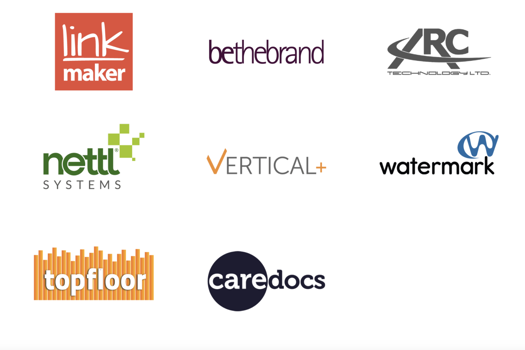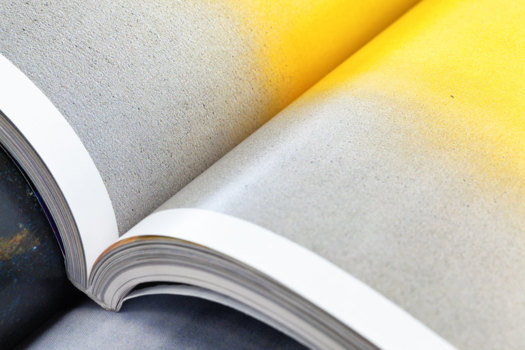We have a customer who wants to source envelopes that are fully recyclable – from window to glue. Is there anything out there?
There is a growing demand for recyclable envelopes. It’s currently coming mainly from government and the public sector – education, government agencies, hospitals and so on. And we’re also seeing a smaller, but growing demand coming from big corporates like banks and building societies.
As a result, the pressure for recyclable envelopes is going all the way up the supply chain: end-users are asking us, we’re asking our suppliers, and they’re asking the suppliers of the raw materials, and slowly it’s becoming a reality. UPM, the supplier of maybe 70% of the UK’s envelope base stock, has said that within the next 12 months all their base stock will come with the EU eco-label certification, meaning it’s not only recycled and recyclable, but its production lifecycle has been made as green as possible.
There is no issue in the UK with the recyclability of envelope adhesives: whether remoistenable gum or self-seal, the adhesives are all now water-based and they dissolve in the standard repulping process. However, that also means that envelopes have a shorter shelf-life, as the water evaporates and the gum dries out. It’s common now for shelf-life to be no more than 12 months, and in some cases nine months.
The real issue is with the window film. Traditionally it has been made of glassine, which isn’t recyclable. There are repulping methods that float the glassine patches away, but many recycling facilities in the UK don’t offer it, so effectively that means that glassine-windowed envelopes aren’t recyclable. But there are now envelopes – our own Evolve and FSC ranges are good examples – in which the window is made of a corn-based film that just dissolves in water.
Recyclable envelopes are about 30% more expensive than standard envelopes. That’s partly down to the cost of making the post-consumer recycled base stock, and partly because the corn-based window film is much more expensive than glassine: at the moment, nobody’s making that film in large enough quantities. We anticipate this will change in the next few years.
Peter Harrison, product manager envelopes, Antalis
We want to calibrate our monitors to do soft-proofing. How do we get a reliable result, and how often do we need to do it?
The first step is to calibrate your monitor as accurately as possible. A device like Pantone’s hueyPRO will calibrate the monitor quickly and easily; to achieve screen-to-press matching you’ll need a valid ICC profile for your press and to ensure that the profile is properly assigned at the time of output.
There’s no escaping the fact that monitors can show colours that can’t print, and there are printed colours that are out of the range of most monitors. Soft proofing allows you to see on-screen how the image will look when it is printed. The best way to approach this is to look at the image in Photoshop through the print profile.
Open the image in Adobe Photoshop. Choose View-Proof Setup-Custom. For Profile, select your new custom profile. For Intent, select Perceptual. Check the Black Point Compensation box. For Simulate, uncheck Paper White, and check Ink Black. Leave the Preserve Colour Numbers box unchecked. Click OK. The image you’ll see now will match fairly closely to the printed copy.
You can save the whole setup as a ‘proof setup file’ under any name you choose so that you can soft-proof other images in the future without needing to go through the whole process again.
The question of how often to calibrate a device varies. We suggest that users recalibrate monitors every fortnight, although if exact matching is important, you may want to recalibrate weekly or even daily.
Helmut Eifert, vice president Europe, Pantone
We’ve heard a lot about automated workflows for digital presses that go straight from management information system (MIS) to press without being touched by human hand. Is the same thing possible for offset presses?
This is a complex question, and the answer doesn’t depend on the technology, but on the business requirement. Basically, it is entirely possible to take job data from an MIS to create plates – which is the equivalent of writing a job from an MIS direct to a digital press.
We have customers using our OA Symbio software to do just that. They set up job templates and print multiple jobs on a single sheet. But they tend to have a fairly standard requirement when it comes to stocks, special colours, run-lengths and sizes.
So the primary question is: do you have a standard ‘diet’ to feed your offset press – because if you don’t, there’s no point in going down this automated route.
Offset is a much more bespoke world than digital, and is therefore much more complex. If you run a hybrid digital-offset operation, you’ll know that offset exists to mop up the non-standard jobs.
Even if you have a fairly standard requirement and can use templates, there are other questions to be considered, such as whether an imposition will guillotine out.
And run-length also affects production issues: if it’s a 30-sheet run, you don’t have to fill every white space on the paper, but if it’s going to be 3,000 you need to get maximum use out of the sheet.
A solution such as OA Symbio integrates the separate islands of web-to-print, MIS, pre-press, press and post-press kit. It is template-based, and each template has criteria in terms of size, stock, colours etc. It can be set to do basic standard prep work such as cropping and bleeding. The template calls the MIS for a job number and sends out a set of press information together with guillotine and folder and binding instructions.
It is JDF-based, but we find that people are burned-out on the term – they don’t understand it, and just want to know what it can do for them.
Gareth O’Brien, chief executive, Objective Advantage






